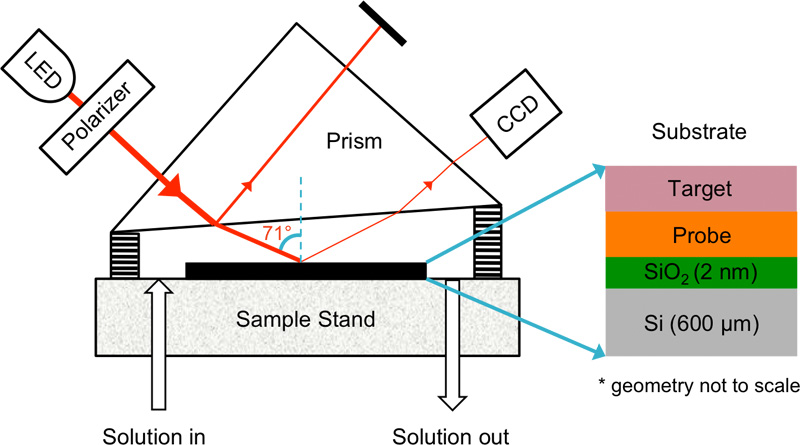Xiao Wang
Department of Biochemistry and Biophysics
Brewster Angle Straddle Interferometry (BASI) for High Throughput Binding Assays
Tuesday, August 10
12:00-12:30 PM
Goergen 101
Label-free sensing of biomolecular interactions is of great importance for drug screening and a variety of clinical assays. We have developed a method – Brewster Angle Straddle Interferometry (BASI) – based on reflective interferometry that exploits the removal of destructive interference to detect binding of target molecules on a silicon chip functionalized by probe molecules. By exploiting the fact that reflections undergo 180 degree phase shifts above the Brewster angle and none below it, we are able to use unprocessed silicon substrates with native oxide (~2 nm) serving as the interference layer. Destructive interference in the geometry we use results in reflectivities ~ 10^-5. BASI biosensor can provide quantitative information on binding constants and kinetics that is essential for understanding biomolecular interactions. Reflectivity from the chip is a quantitative measure of the amount of bound target molecules and can be recorded in real time in microarray format (up to 2000 spots on a single chip). This makes BASI ideal for high throughput screening of a large number of probe molecules. The requirements for source collimation and monochromaticity in BASI are quite relaxed. Therefore, the BASI method is extremely simple and can be implemented with an inexpensive LED as a source and a regular CCD camera as a detector. Nevertheless, average target binding of less than 1 Angstrom are routinely detected.
Bring your lunch at the talk; we will offer the dessert!


